5. It’s a great example of how too much exposition can be avoided
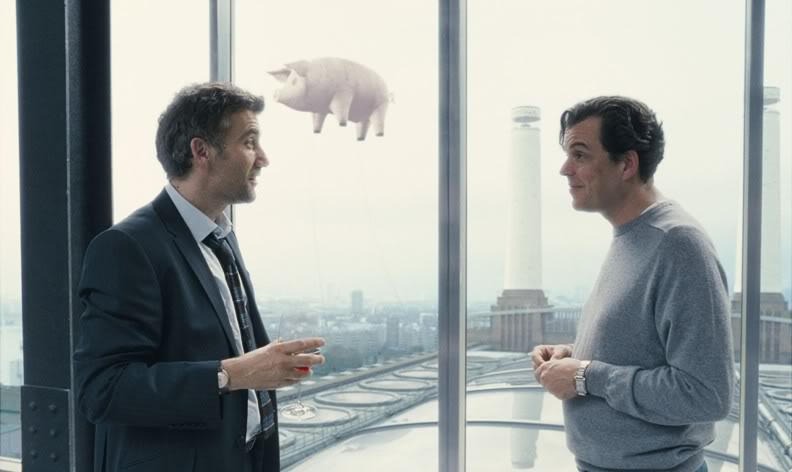
As previously mentioned, exposition is handled particularly well in Children of Men. In a film like this, there is a hell of a lot of backstory that the audience needs to know. The cop-out way of doing this would be to have a voiceover or some reading at the beginning. Instead, we get a few news reports and are then plunged straight into the world. All of our clues as to the state of the world we are seeing are plastered on walls and billboards.
The rest is done through dialogue so that, within the first few minutes, we’ve pieced together most of what has been going on all by ourselves. It is always a credit to a film when it treats its audience as being clever enough to work things out on their own.
Little things, such as Theo’s tragic past with Julian, are withheld deliberately and we have to rely on the characters to fill us in as we go. In this way, we do not feel like we are being spoon-fed but at the same time we have a pleasurable feeling that we are at the mercy of others for our explanations. This echoes the feelings of the characters themselves as they struggle to make sense of the world around them.
6. A great soundtrack
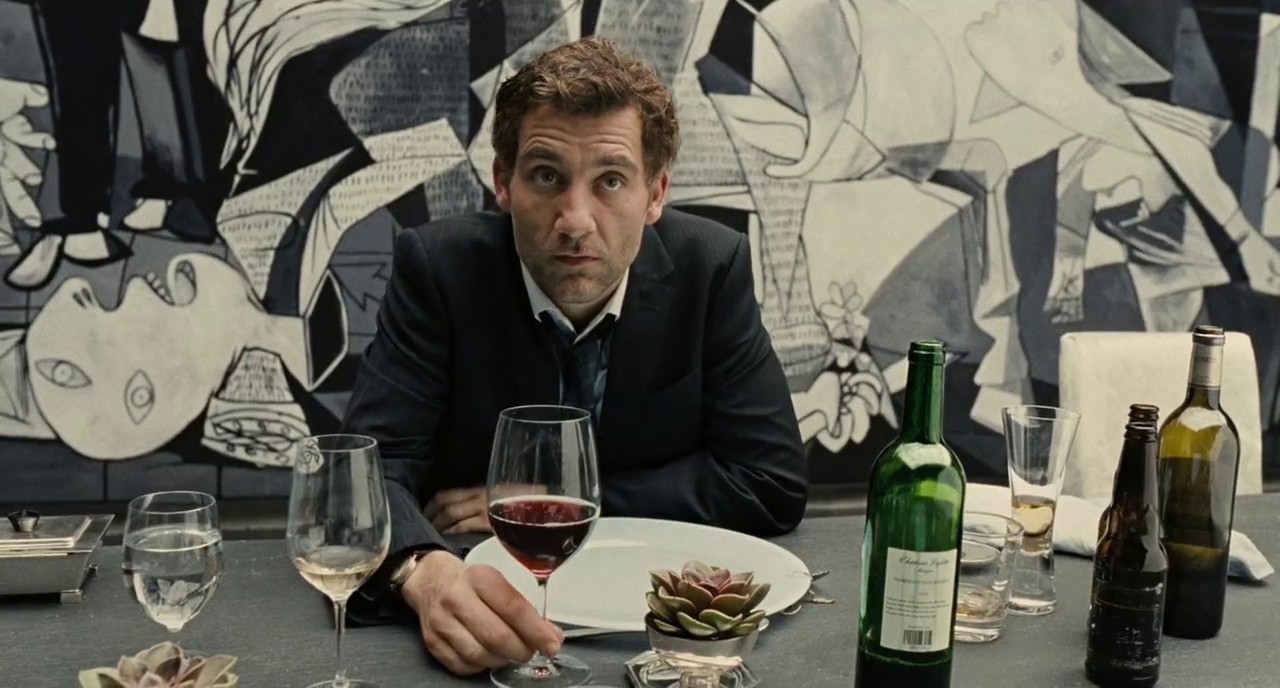
There’s a lovely mix of orchestral work and popular music leading us through the film. British composer John Tavener contributed the orchestral suite, Fragments of a Prayer, which is based on the screenplay rather than the film itself.
This is designed to be a comment on the themes of the film rather than as an aid to the narrative. It certainly comes across in that way as the music (including contributions from English mezzo-soprano Sarah Connolly) is used at various points to contribute to, rather than elicit, the emotional response of the audience.
Other works such as Holst’s ‘Mars’ are used to similar effect. Running alongside the classical work is a plethora of popular songs from a range of styles provided by the likes of Deep Purple, Donovan, Radiohead and King Crimson. This hearkens back, as the film itself does, to earlier times of hope. There has evidently been nothing of note produced in the intervening years. The juxtaposition of classical and popular music is handled very well and adds to the overall feel of the film beautifully.
7. Full of emotional gut punches that rock you out of your expectations
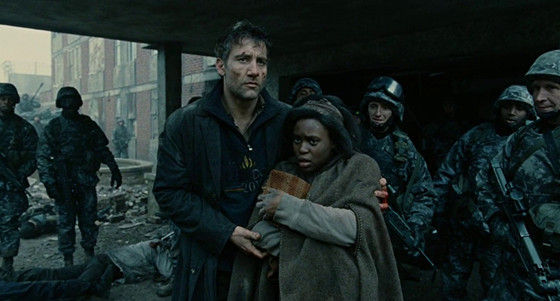
This film doesn’t pull any punches, unsympathetically killing off lead characters without warning so that the audience has a sense of the reality and gravity of the situation. This begins in the very first scene. Clive Owen has just emerged from a packed coffee shop, its customers gathered round in solemn reflection on the death of Baby Diego, the youngest person alive. He stops to stir his coffee in the street and behind him the coffee shop explodes.
There is no safe place in this film. That is set out from the very start and yet the audience constantly wants to believe that the characters have found sanctuary, wherever that is. A safehouse in the forest can be found and loved ones can be killed; a room in the immigration centre at Bexhill can be invaded. Even a drive through the countryside can become life or death as gangs of marauders emerge from the trees. Bombs and tanks are put on the streets among ordinary people and nowhere is safe.
People who walk out of a building under a white flag of truce are viciously gunned down. There are also much more subtle moments such as Clive Owen seeing blood on his hands as he lights a cigarette and coming to terms with the full horror of his situation.
There is no place to relax in the world that has been created. Nothing illustrates this better than the death of Julianne Moore’s character, Julian. The audience’s expectations are played brilliantly; we are conned into expecting the usual reconciliation of characters that we expect from mainstream films and as soon as we feel comfortable, the rug is pulled out.
8. Explosive, visceral action sequences
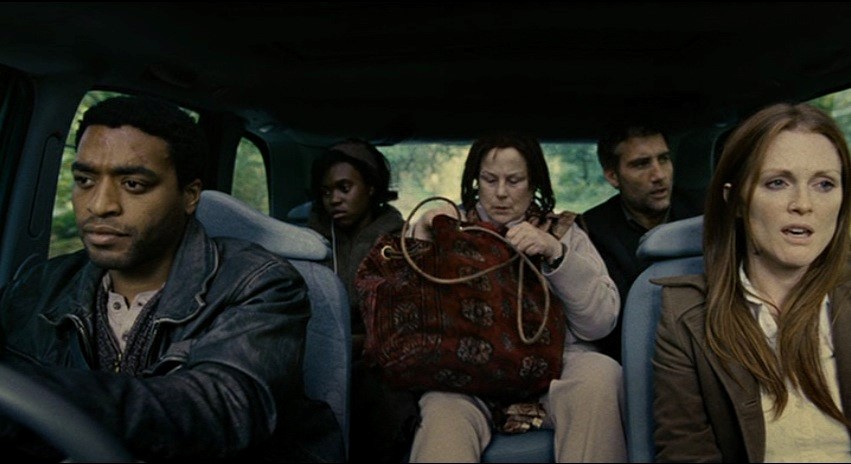
This sense of danger that runs through the film is heightened by the expert work done on the film’s action sequences. There are a range of one-shot scenes that give a terrifying perspective on what is presented to us. The forest car chase and the battle scenes at the end are brilliantly put together with some fantastic camera work and attention to detail.
The former was done using a camera in the middle of the car that could be rotated around. This involved having specially designed seats that could be tilted out of the way and a windshield that would also move. All this adds so much to the immediate feeling of danger inside the car. The battle scenes in Bexhill are brilliantly realised. The beauty of it is that you don’t find yourself marvelling at the technical mastery of the scene.
As Theo makes his way through the war-torn streets in a shot that lasts over seven minutes, you don’t even realise all that is going on behind the camera: the organisation involved, the split second timing. You don’t notice all this because you’re too wrapped up in caring about the character.
That is the true beauty of the film as a whole. No matter what else is going on, the human story behind all of it is never lost. Events go on around our characters and we can only sit on the edge of our seats, hoping they find a way through to the other side.
9. The most painful lack of shoes since Die Hard
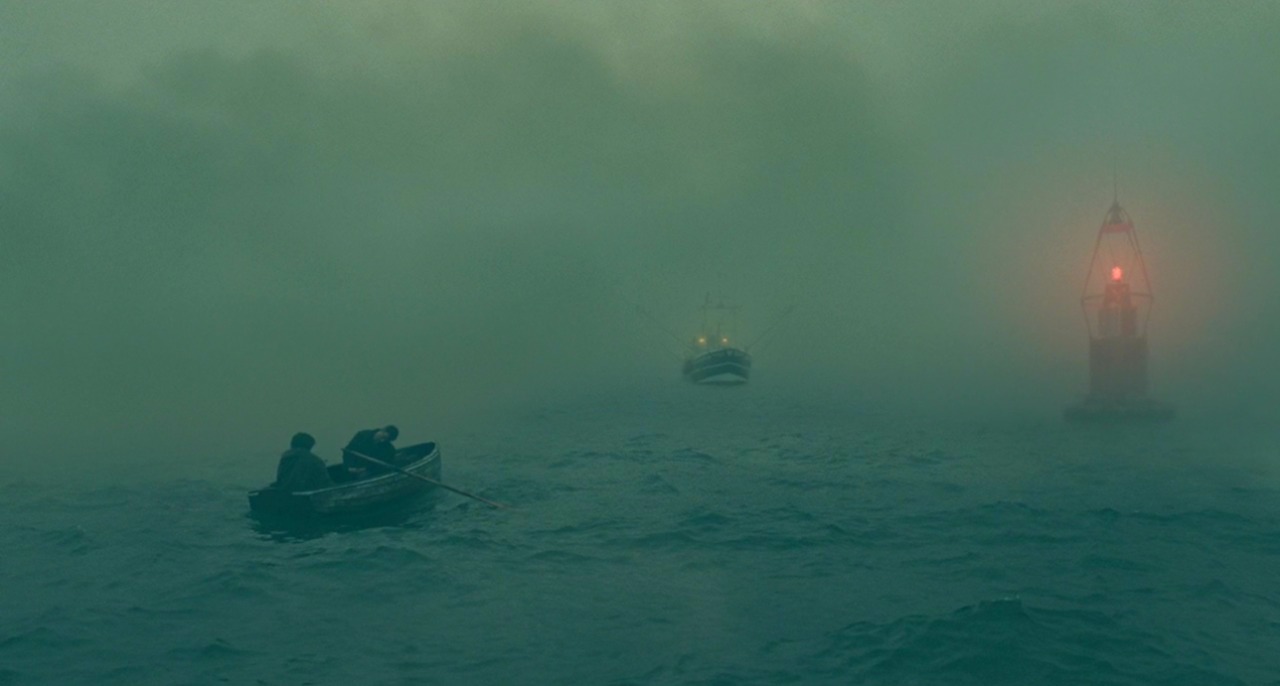
Aside from all the other reasons, and there are many, to watch Children of Men, there is also the fact that Clive Owen becomes the 21st Century John MacClane as he battles through most of his troubles. He does it largely without his shoes.
He’s forced to go from socks to flip-flops back to socks again as he navigates the dangerous, rubble-strewn environment getting more than his fair share of pain. There are many ways to garner sympathy for a character in a film; any number of obstacles and problems that you can set in their way to make the audience feel for them.
One of the most underused, however, is to make a soft-footed city dweller walk or run through a sharp, unforgiving environment with nothing on their feet. If you haven’t tried it, give it a go. You’ll feel even more sympathy for the character of Theo Faron.
Author Bio: Richard Austin is a Primary School Deputy Headteacher who’s just finished his first novel and is saving up to get it edited. When he was a kid, he used to keep a little book of the films he went to see at the cinema, giving them ratings out of 5, which his family and friends find highly amusing to this day! He also has a website where he writes his random thoughts about science fiction.